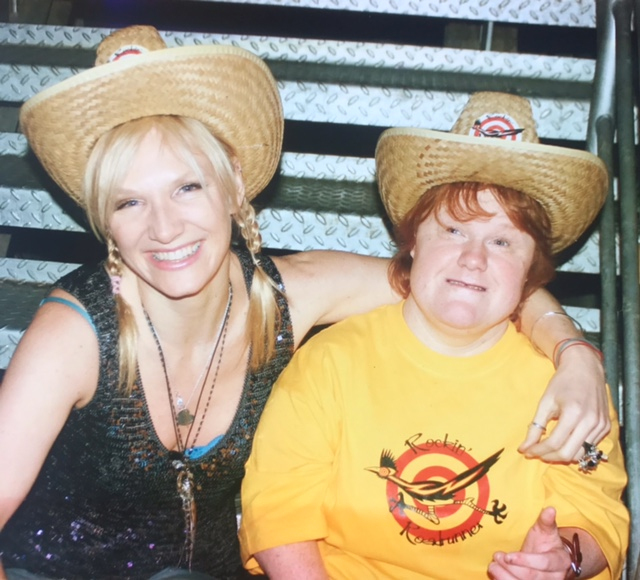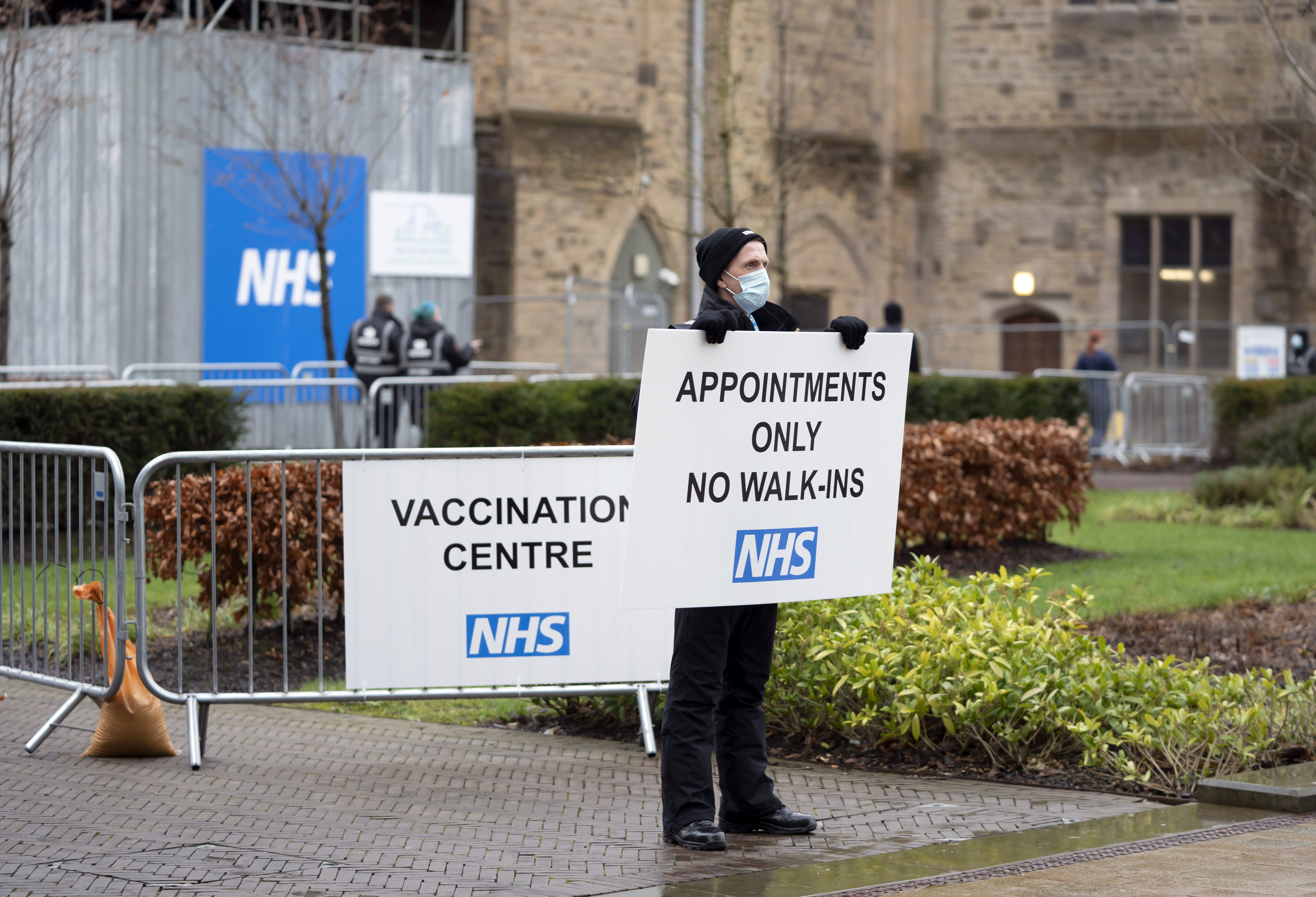Almost a fifth of people deemed clinically extremely vulnerable to Covid-19 still hadn’t had a jab by the date the government claimed to have offered them all the vaccine.
The take-up rate is significantly lower among the most vulnerable than among other people in groups 1 to 4 who were offered the jab at the same time.
Weekly data published by NHS England shows between 92% and 99% of people in each of the age groups 80+, 75-79 and 70-74 years old had had at least one dose of the vaccine by February 14 – but this falls to just 81.2% for those deemed clinically extremely vulnerable.
Health secretary Matt Hancock has claimed everyone in these categories, as well as frontline health and social care workers, had been offered the jab by February 13 – two days ahead of the target set by Boris Johnson in January.
The DHSC suggested that take-up figures could be lower among clinically extremely vulnerable people because they became eligible for the vaccine later than those aged 75 or above.
But their 81.2% vaccination rate is still significantly below the 92.3% vaccination rate for 70- to 74-year-olds, who became eligible at the same time, and at any rate Hancock claimed all four groups had been reached by the time the data was compiled.
The target was announced at the start of 2021 with the prime minister telling a press conference on January 5: “By February 15 […] the NHS is committed to offering a vaccination to everyone in the top four priority groups including older care home residents and staff, everyone over 70, all frontline NHS and care staff and all those who are clinically extremely vulnerable.”
When HuffPost UK recently tried to establish how many healthcare workers had received the vaccine, we were told exact figures were not available. New NHS data, correct as February 14, states that 1,023,566 frontline workers have had their first jab, but this number only covers those employed by an NHS trust, omitting some care home staff and frontline social workers as well as privately-employed agency workers.
The figures from February 14 show hundreds of thousands of people in the most vulnerable categories had not yet received a single dose of the Covid vaccine as of that day.
There are various reasons why people may not have taken up the offer of a vaccine – such as falling ill around the time of the appointment or refusing it altogether. But there are also concerns that some communities face significant barriers to accessing healthcare.
Those with an unstable immigration status are often too afraid to register with a GP due to hostile environment policies that could ultimately lead to their deportation, while some homeless people experience difficulty registering due to their lack of a fixed address – even though they aren’t required to have one.
As of February 14, the most recent end date for the weekly NHS England data, there were 2,272,491 clinically extremely vulnerable people on the shielding patient list. On the same date, 1,845,018 of those had been given at least one dose of the Covid-19 vaccine.
People in this category can be from any age, ranging from solid organ transplant recipients to adults with Down’s syndrome.
Clinically extremely vulnerable people were included in group four of the government’s vaccine priority list, alongside all those aged 70 and above. Groups 1 to 3 included over-75s, health and social care workers, and care home residents.
There are an estimated 2,836,964 people in the UK over the age of 80 and, according to NHS England, 2,649,791 of them – 93.4% – had had their first dose of the jab by February 14.
Almost all 75- to 79-year-olds have had at least one dose, an estimated 99.3% of the total population in that age range.


